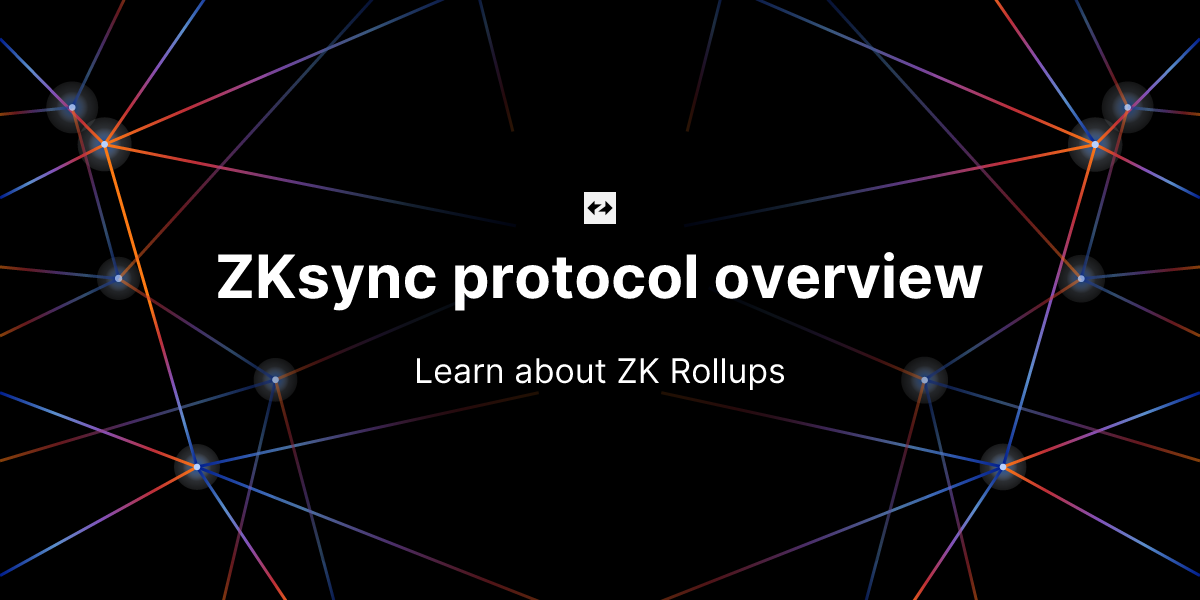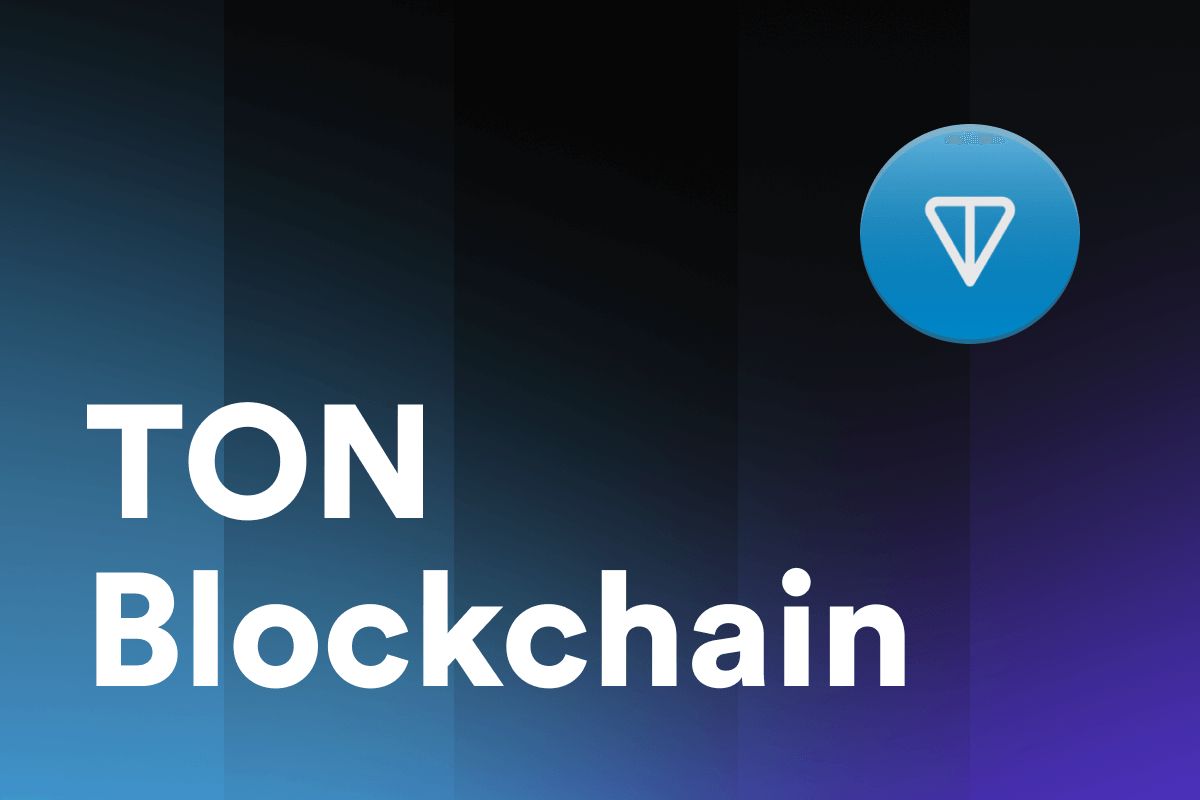🔐 zkSync and ZK Rollups: The Future of Scalable, Secure Ethereum Transactions
As Ethereum continues to gain adoption, the demand for scalability grows. High gas fees and slow transaction speeds on the Ethereum mainnet have long been pain points for users and developers alike. To address these issues, Layer 2 solutions have emerged — among them, ZK Rollups are considered one of the most promising innovations. And leading this movement is zkSync, a Layer 2 protocol powered by ZK Rollups.
This article will explore everything you need to know about zkSync and ZK Rollups: how they work, their benefits, differences from Optimistic Rollups, and their role in the future of Ethereum scalability.
🌐 What Are ZK Rollups?
ZK Rollups (Zero-Knowledge Rollups) are Layer 2 scaling solutions that bundle multiple transactions into a single transaction and post that onto the Ethereum mainnet. They use zero-knowledge proofs to cryptographically verify that all transactions in the bundle are valid — without revealing any sensitive data.
How It Works:
- Users submit transactions on the Layer 2 network (zkSync).
- These transactions are processed off-chain.
- A ZK-SNARK or ZK-STARK proof is generated, verifying the correctness of all the transactions.
- This proof is posted to Ethereum’s mainnet along with a compressed summary of the changes.
- Ethereum validates the proof, effectively confirming all the batched transactions at once.
This approach allows for:
- Massive scalability
- High security
- Reduced costs
⚡ What Is zkSync?
zkSync is a ZK Rollup protocol developed by Matter Labs. It is designed to bring the full Ethereum experience — smart contracts, low fees, and fast transactions — to Layer 2 using zero-knowledge proofs.
There are two main versions of zkSync:
- zkSync 1.0 (zkSync Lite): Focused on payments and simple token transfers.
- zkSync Era (zkSync 2.0): Introduces smart contract support, enabling full EVM compatibility on Layer 2.
Key Features of zkSync Era:
- EVM-compatible: Developers can use Solidity and standard tools.
- Security-first design: All data is backed by Ethereum’s Layer 1.
- Native account abstraction: Enables wallet recovery, gasless transactions, and batching.
- Fast finality: Transactions are confirmed within seconds.
- Low gas fees: Often up to 100x cheaper than Ethereum Layer 1.
🔍 zkSync vs Optimistic Rollups
| Feature | zkSync (ZK Rollup) | Optimistic Rollup (e.g., Arbitrum, Optimism) |
|---|---|---|
| Validation Method | Zero-knowledge proofs | Fraud proofs |
| Finality Time | Near instant | ~7 day challenge period |
| Withdrawal Time | Fast | Delayed (up to 7 days) |
| Data Availability | On-chain | On-chain |
| Smart Contract Support | Yes (zkSync Era) | Yes |
| EVM Compatibility | High (zkSync Era) | Native |
| Maturity | Newer | More mature ecosystems |
Why zkSync is Considered Superior in the Long Run:
- Finality: zkSync provides faster finality, as transactions are validated immediately using cryptographic proofs.
- Security: ZK proofs offer stronger guarantees than fraud proofs.
- Privacy Potential: ZK tech can also be used to obscure user data while proving validity (future use).
🧱 zkSync Architecture
zkSync consists of the following components:
1. zkEVM Engine
- Enables developers to deploy and interact with Solidity-based smart contracts.
- Offers compatibility with tools like Hardhat, Truffle, and Remix.
2. zkSync Node
- Handles user interaction and transaction processing before submitting data to the mainnet.
3. Prover Network
- The backbone of zkSync’s cryptographic proofs.
- Aggregates and generates ZK-SNARKs for batched transactions.
4. zkSync Bridge
- Facilitates seamless bridging of ETH and ERC-20 tokens between Ethereum and zkSync.
💰 Use Cases of zkSync
zkSync unlocks a wide range of possibilities in the Ethereum ecosystem:
1. DeFi
- Projects like Curve, Uniswap, and Yearn are integrating zkSync for cheaper, faster trades.
- Improved capital efficiency thanks to lower fees.
2. NFT Marketplaces
- Instant minting and trading of NFTs without gas wars.
- zkSync supports ERC-721 and ERC-1155 standards.
3. Payments and Remittances
- zkSync Lite is already being used for low-cost international transactions.
- Micropayments possible due to negligible fees.
4. Gaming and Metaverse
- Real-time gaming requires fast, scalable solutions — zkSync provides exactly that.
🪙 Token and Governance
As of now, zkSync does not have a native token, but:
- A token is widely expected and mentioned in future roadmap discussions.
- zkSync has allocated a large portion of potential future tokens to early adopters, developers, and ecosystem contributors.
- Users interacting with zkSync Era or zkSync Lite may become eligible for airdrops.
🚀 zkSync Ecosystem Growth
Since the launch of zkSync Era, its ecosystem has seen rapid growth, with over 200+ dApps deployed or integrating, including:
- Velocore – a DEX built on zkSync
- Orbiter Finance – cross-chain bridge
- ZigZag Exchange – decentralized order book exchange
- SyncSwap – fast, user-friendly AMM
zkSync is also supported by leading wallets like MetaMask, Argent, and Trust Wallet.
📈 Performance & Gas Cost
zkSync can theoretically process thousands of TPS (transactions per second) with near-zero latency and drastically reduced costs.
- ETH Transfer: ~$0.01–$0.05
- ERC-20 Transfer: ~$0.02–$0.10
- Smart contract interaction: Varies but significantly cheaper than Ethereum L1
This makes zkSync an ideal choice for scalable dApps and consumer-facing products.
🛡️ Security and Trust Model
zkSync ensures security by:
- Posting all data on Ethereum mainnet.
- Relying on mathematically verified proofs rather than economic assumptions.
- Being non-custodial — users maintain full control of their funds.
In short, zkSync inherits the security of Ethereum Layer 1 while offering vastly improved performance.
🗺️ The Road Ahead: zkSync’s Future
zkSync is continuing to evolve, with major initiatives in its roadmap:
- zkPorter: A hybrid system offering ultra-low-cost transactions with off-chain data availability (optional).
- Decentralized Prover Network: To decentralize and scale proof generation.
- Token Launch: Expected in 2025.
- Developer Incentives: Grants and hackathons to accelerate ecosystem growth.
🧠 Conclusion
zkSync and ZK Rollups represent the next generation of Ethereum scalability. With their ability to offer faster finality, reduced fees, and high security, they are poised to outpace Optimistic Rollups over the long term.
zkSync is especially exciting because:
- It brings smart contract capability to ZK Rollups.
- It’s already being adopted by DeFi, NFT, and payment platforms.
- Its ecosystem is expanding rapidly — a sign of confidence from the Ethereum community.
If Ethereum is the world computer, zkSync could be its ultra-fast, cost-efficient operating system — paving the way for mass adoption of Web3.




